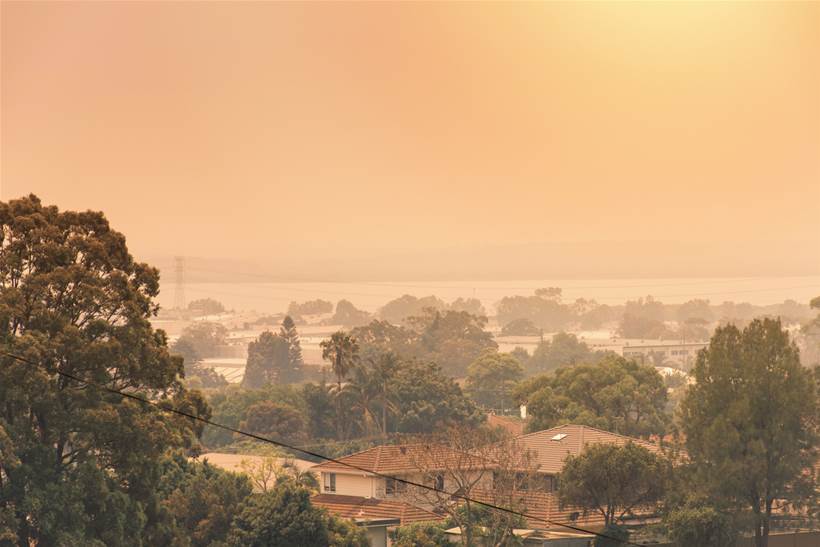In 2023 the NSW Department of Planning and Environment (DPE) estimated air pollution was responsible 603 deaths annually in NSW and increased healthcare costs by $4.8b annually.
Any attempt to mitigate the impacts of air pollution must start with measurement, and fortunately recent developments in IoT technologies have made this easier, and cheaper: many new low cost sensors have come onto the market that can measure and communicate data on multiple atmospheric pollutants and other relevant environmental parameters such as wind speed and direction.
Local government bodies are ideally placed to use this technology to monitor air quality within their jurisdictions and, where possible, take action to make improvements.
However, councils generally do not have the necessary technical and organisational capability. Further, there are no standardised methods or systems for sharing air quality data generated by sensors from different vendors.
As a result, choosing and deploying such devices and making use of the data they generate presents considerable challenges for local councils.
To help them overcome these challenges Transport for NSW, the NSW Department of Planning and Environment and the NSW Smart Sensing Network (NSSN) teamed up to develop and implement the Operational Network of Air Quality Impact Resources (OPENAIR) project. It won the Research category in the 2024 Australian IoT Awards, which were announced at the IoT Impact conference at UTS in Sydney on June 13.
OPENAIR has enabled councils and communities to deploy low-cost environmental sensors to produce data that is trusted and reliable. It has enabled data collected by council operated sensors from any manufacturer to be shared in a common format via an API, and for that data to be combined with data from more than 190 standard NSW Government managed air quality monitoring stations across NSW.
By working with councils to identify local air quality issues, ensuring sensors selected are fit-for-purpose and helping them gather the most important data in each situation, the OPENAIR project has enabled local councils to design and implement low cost IoT systems that support evidence-based policy and decision making.
It has facilitated collaboration between councils and the NSW government and the development of localised air quality forecasting by NSW government. The result is that governments can now, for the first time, make evidence-based policy and decisions about local environmental issues.
The project brought together 16 organisations including the NSW Department of Planning and Environment, the NSW Smart Sensing Network, University of Technology Sydney, the Australian National University, Western Sydney University, the University of Sydney and the University of NSW.
Together they have created and published 34 best practise guide chapters, 15 factsheets and 14 supplemental resources to help councils and other organisations develop and implement air quality monitoring solutions, and created the OPENAIR website, to make these documents publicly available.
A key feature of the project was the development of an API that enables data collected by council operated sensors from any manufacturer to be shared in a common format. This has fostered the growth of a thriving competitive market for air quality sensors.
The development of this API has inspired the NSW government to look at developing other APIs that will harmonise the data from other types of environmental sensors, such as those for water, noise and soil moisture content.
Express interest in being notified when entries open for the 2025 IoT Awards here.







